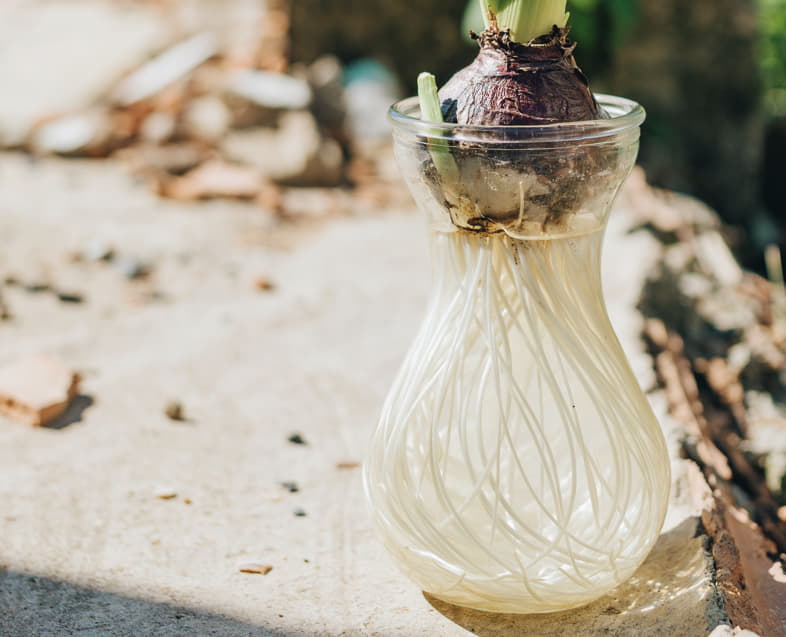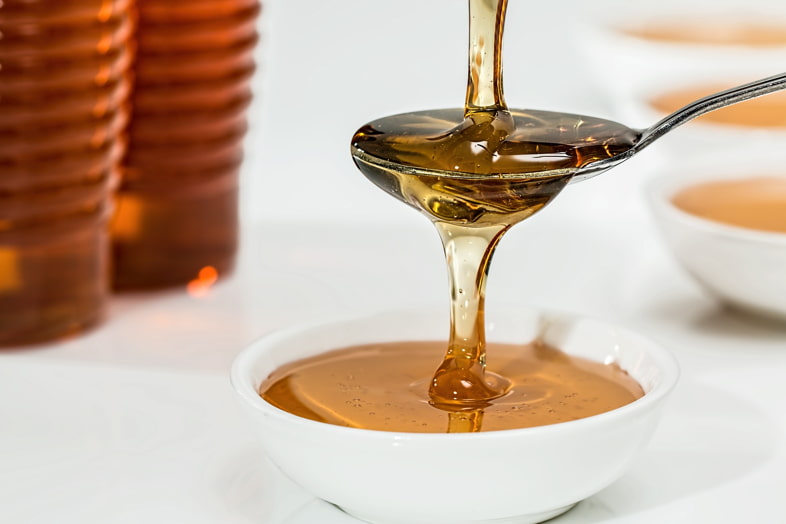Modified on: 20/09/2022
5 tips to accelerate root growth
Have you bought seedlings that looked strong and lush in the nursery and, after a few days at home, look withered? Do you dream of an enviable garden and don’t understand what you are doing wrong? Despite all the love you put into looking after your plants, you may be underestimating how important it is for their survival to have a healthy and robust root system.Read on, and don’t miss out on valuable tips on how to facilitate root growth in your plants.


What are rooting hormones?
Hormones or root stimulants are substances that stimulate the development and reproduction of plant roots. However, this definition should not lead us to think that they only play an essential role in propagation cuttings, for example. The functions of rooting hormones are manifold, and underestimating them in this way is wrong but could also be decisive for the survival of our plants. Let’s take a look at the main ones:- they increase the quality and quantity of flowering and harvesting;
- they increase the life span of the chloroplasts, which are responsible for photosynthesis, encouraging the plant to develop shoots and new shoots;
- they stimulate the emission of both primary and secondary roots;
- they act on the soil, strengthening the bacterial flora present, with beneficial consequences for the plants growing there;
- they help the plant to be more resistant to temperature changes, water stress or excessive salinity in the soil;
- they promote the absorption and assimilation of nutrients from the soil.
Read also: Cannabis powder
5 DIY ideas
It seems unbelievable, but it’s true. You have spent so much time worrying about the fate of your seedlings, trying to work out how best to help them, and the solution has always been close at hand. Preparing liquids high in rooting hormone is simple and requires no special effort or experience. What’s more, it involves no chemicals. Here are 5 ideas for rooting hormones that are entirely natural.- Willow wood: Simply soak a few willow sticks overnight in warm water to obtain a stimulating liquid that can be used to water the soil.
- Cinnamon: Its anti-fungal and anti-bacterial properties are certainly not unknown, but you may never have thought of using it in this way. Blend the sticks into a powder and use it to flour the living part of the cutting before planting it in the soil.
- Apple vinegar: It is essential to keep to the recommended doses here if you don’t want to risk having the opposite effect. Mix half a glass of water with 5 drops of apple vinegar and dip the cutting in the liquid just before planting.
- Aloe vera: There are two ways of exploiting the potential of this plant. You can choose to extract the gel and apply it to the cutting before planting it, or you can plant it directly into an aloe leaf.
- Honey: If you choose to use honey, you mustn’t apply it directly to the cutting, but instead dilute a teaspoon of honey in two glasses of warm water, which you use once it has cooled down to moisten your cutting before planting it.


Other helpful tips to stimulate the root system
The root system is responsible for the plant’s ability to draw nutrients from the soil. When this is compromised, it is no longer able to transmit the right amount of nutrients, and as a result, the plant will gradually start to wither and, in the worst case, dry out or rot. There are several things you can do to make sure that you do not hinder the activity of this critical apparatus in any way. First of all, avoid overwatering the seedling, as this will almost certainly cause its roots to rot. Next, make sure that the soil is neither dry nor too wet. Another essential aid you can give is to enrich the soil with fertiliser, provided that this is of good quality and does not damage the roots. It is also essential that the soil is not too compact, which will suffocate the root system. Instead, make sure that it is soft enough to allow the roots to breathe and grow freely. Finally, you can prepare some willow water to spray the soil with. You only need 500 grams of willow bark in small pieces for every 2 litres of water, which you bring to the boil and leave to infuse for 24 to 48 hours. After this time, strain the mixture and use it to water the plants twice a week.Read also: Guerrilla gardening: what is it?









